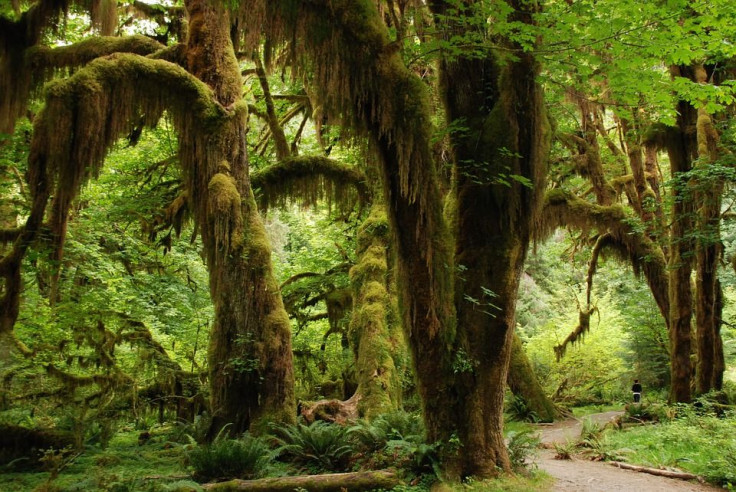Plants Affect Climate, Too, By As Much As 30%

A Columbia Engineering study finds vegetation can influence climate and weather patterns by 30 percent.
The study published Monday in Nature Geoscience is the first to look at the interaction between the biosphere and atmosphere using just observational data. The findings are being applied to development of a model showing how the interaction may change with the changing climate and determine what drives photosynthesis.
Read: Massive Ice Wave Cut Through Rink Glacier
"While we can currently make fairly reliable weather predictions, as, for example, five-day forecasts, we do not have good predictive power on sub-seasonal to seasonal time scale, which is essential for food security," study leader Pierre Gentine, associate professor of earth and environmental engineering, said in a press release.
"By more accurately observing and modeling the feedbacks between photosynthesis and the atmosphere, as we did in our paper, we should be able to improve climate forecasts on longer timescales."
Vegetation releases water vapor during photosynthesis, which in turn alters surface energy fluxes and contributes to cloud formation, which, in turn, affects the amount of sunlight reaching Earth, affecting the planet’s energy balance and sometimes leading to precipitation.
Read: New Device Cleans Air, Produces Energy, Runs On Light
"But, until our study, researchers have not been able to exactly quantify in observations how much photosynthesis, and the biosphere more generally, can affect weather and climate," doctoral candidate and lead author Julia Green said.
The team used data from satellite observations of solar-induced fluorescence and applied a statistical technique to understand the cause and effect of the feedback loop.
The feedback loops often occur in semi-arid or monsoonal regions considered hotspots.
"Current Earth system models underestimate these precipitation and radiation feedbacks mainly because they underestimate the biosphere response to radiation and water stress response," Green said. "We found that biosphere-atmosphere feedbacks cluster in hotspots, in specific climatic regions that also coincide with areas that are major continental CO2 sources and sinks.
“Our research demonstrates that those feedbacks are also essential for the global carbon cycle — they help determine the net CO2 balance of the biosphere and have implications for improving critical management decisions in agriculture, security, climate change and so much more."
George Mason University Professor Paul Dirmeyer, who was not involved in the study, called the research “intriguing,” saying it could help expand “our measures of land-atmospheric feedbacks from mainly a phenomenon of the water and energy cycles to include the biosphere, both as a response to climate forcing and a forcing to climate response."
Earth’s climate is constantly changing, with alternating cycles of glacial advance and warming. The last ice age ended about 7,000 years ago, but the current rapid warming trend is believed the result of human activity since 1950, particularly the release of greenhouse gases, which trap heat.
Earth’s average surface temperature is up 1.7 degrees Fahrenheit since 1880, with most of the warming in the past 35 years. Sixteen of the 17 warmest years occurred since 2001, with 2016 the warmest on record. Carbon dioxide in the atmosphere is at his highest level in 650,000 years at 406.17 parts per million and arctic ice shrank to its lowest level in 2012.
© Copyright IBTimes 2024. All rights reserved.






















